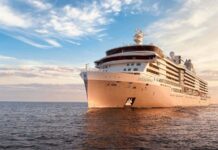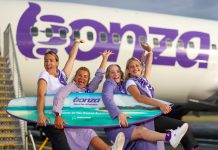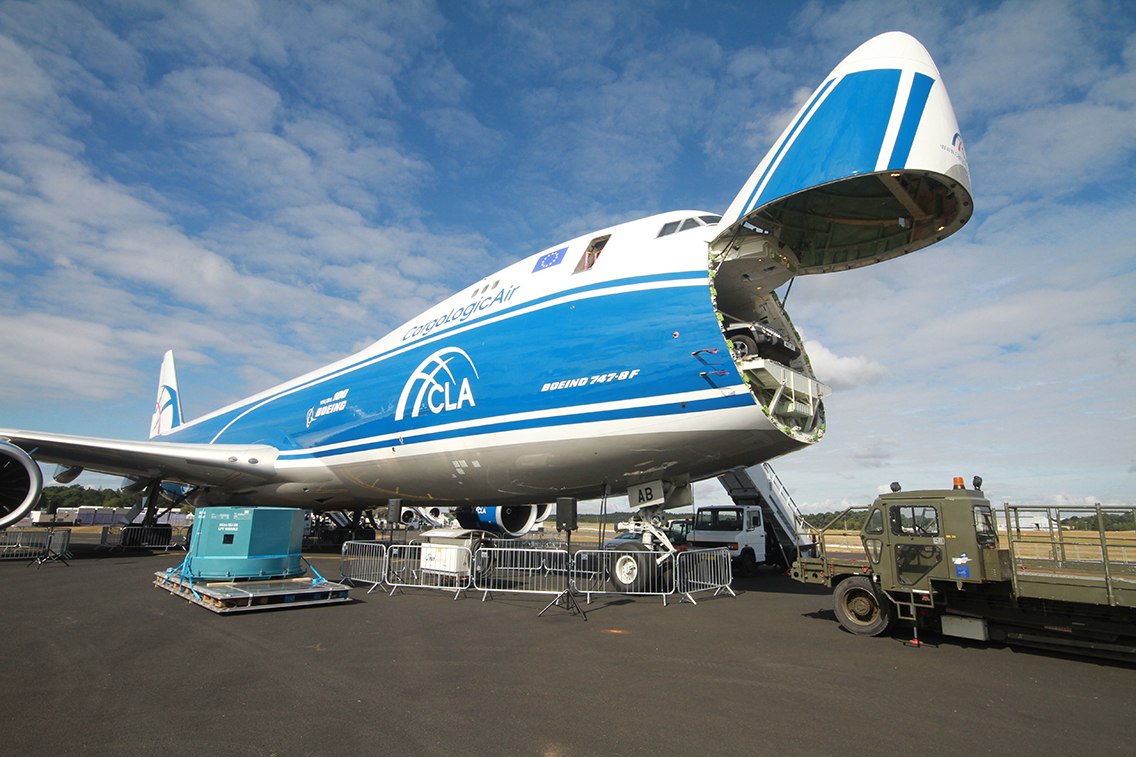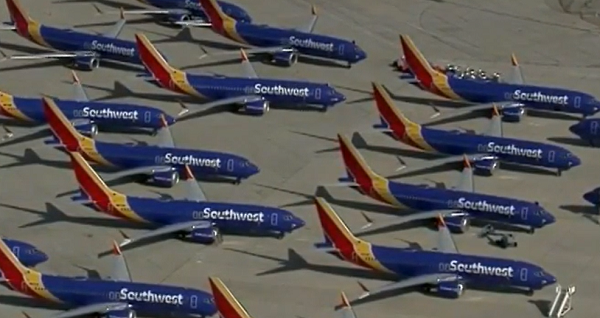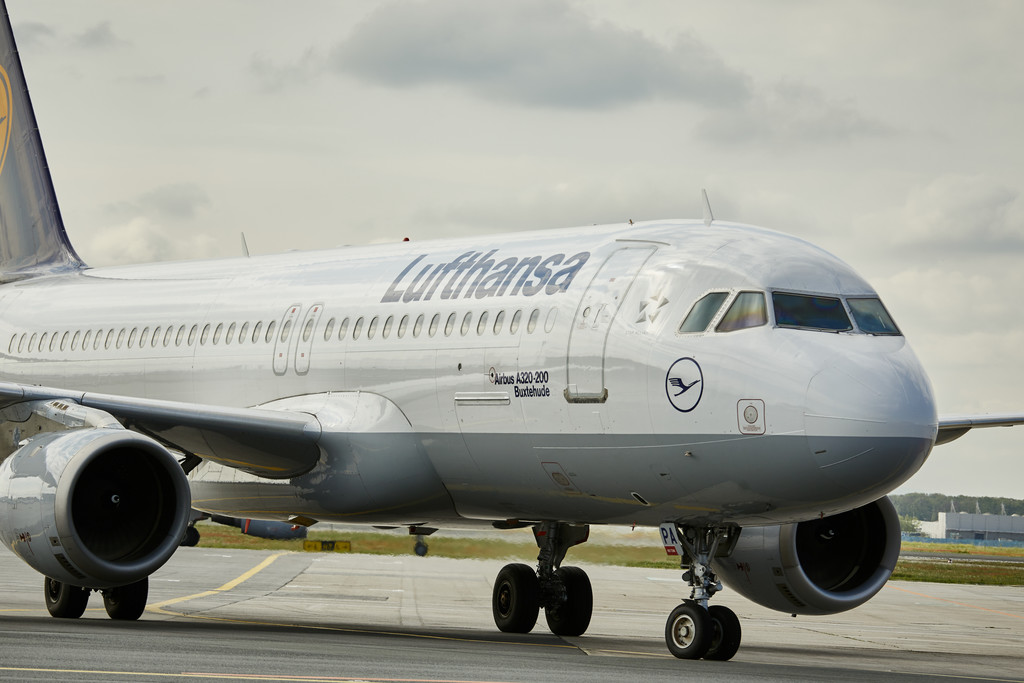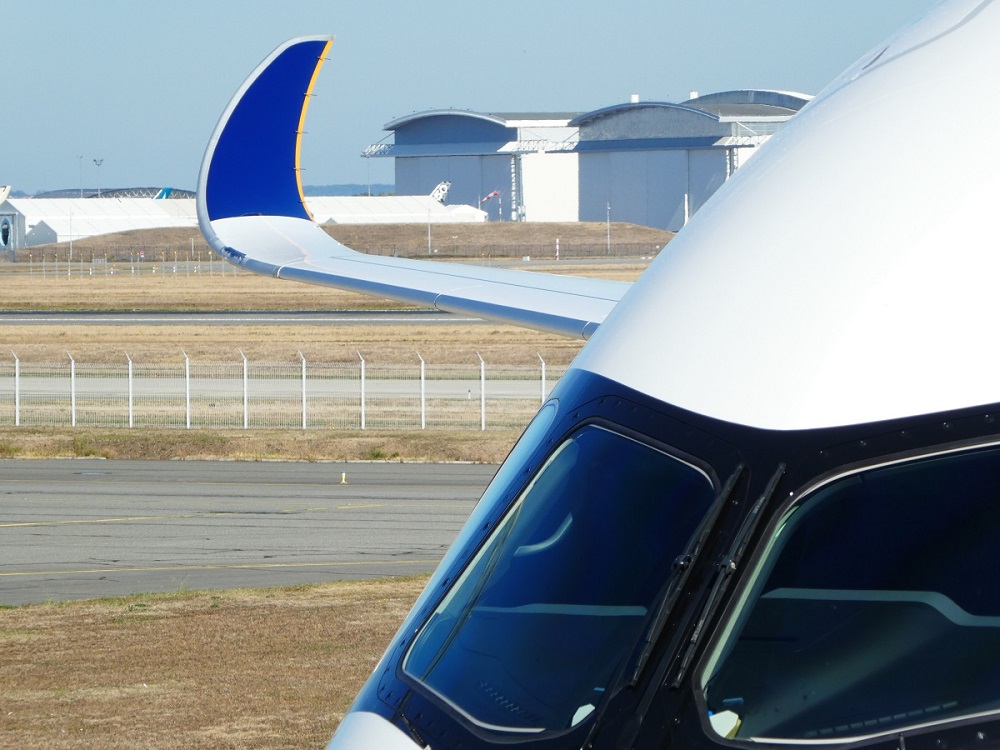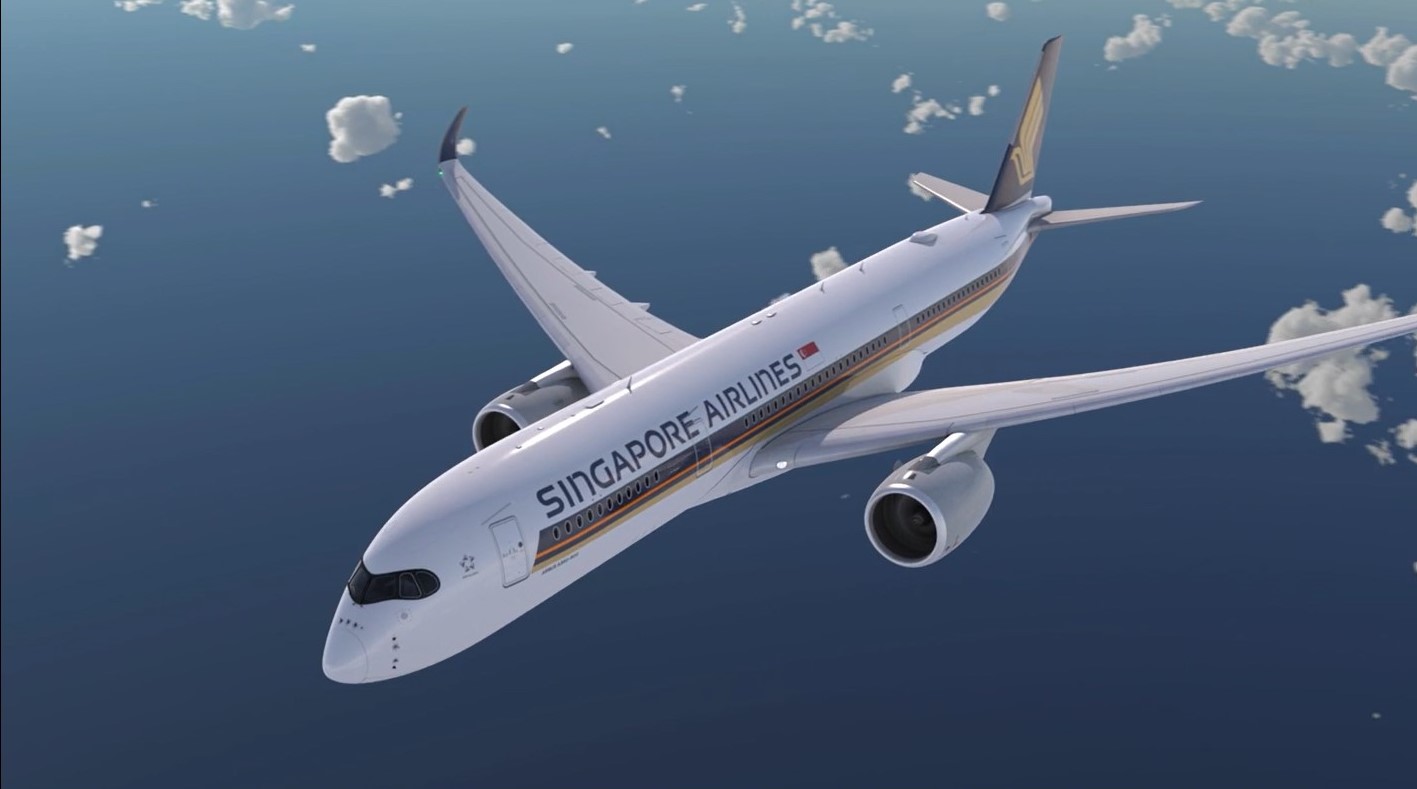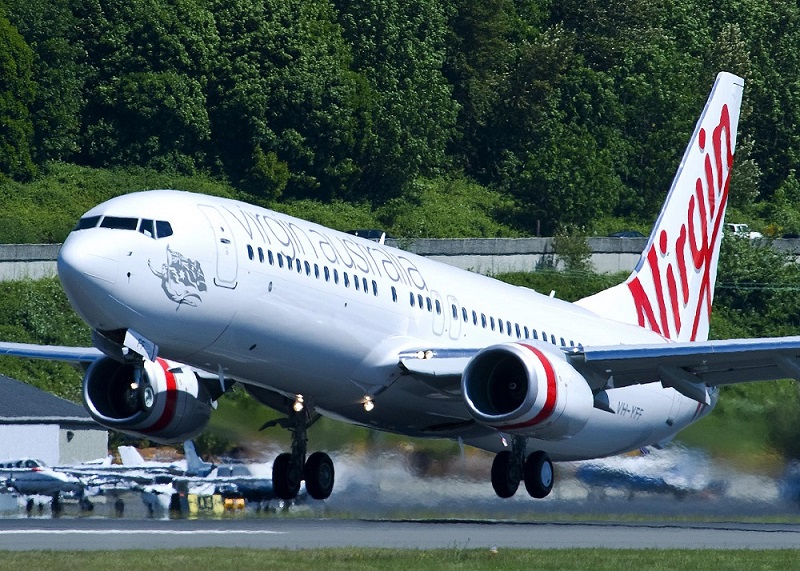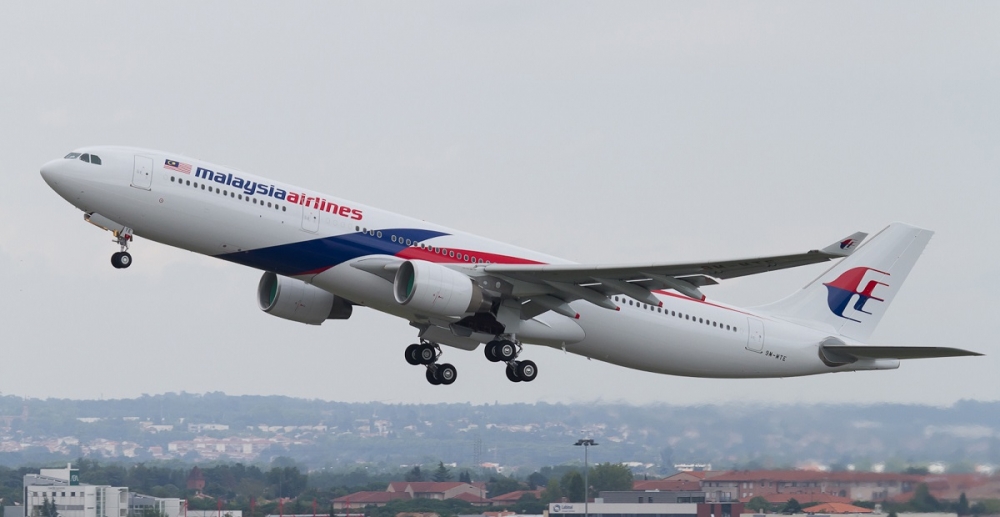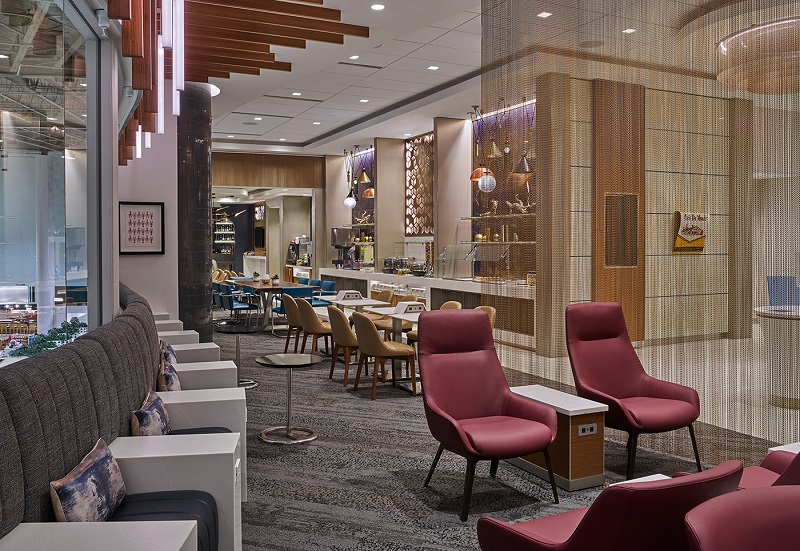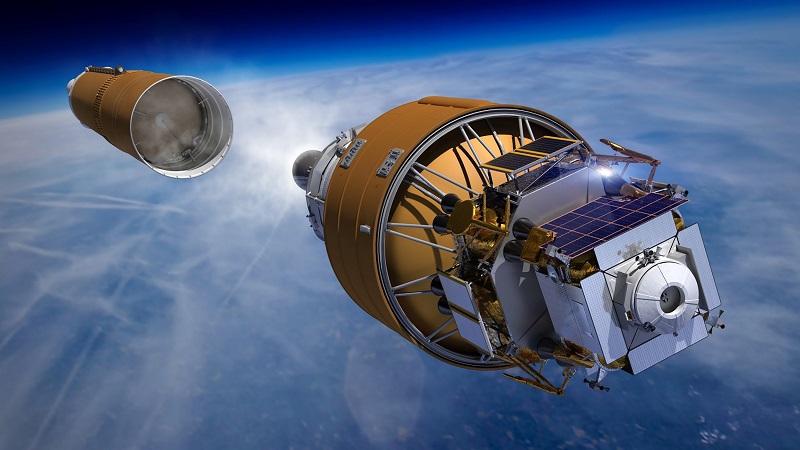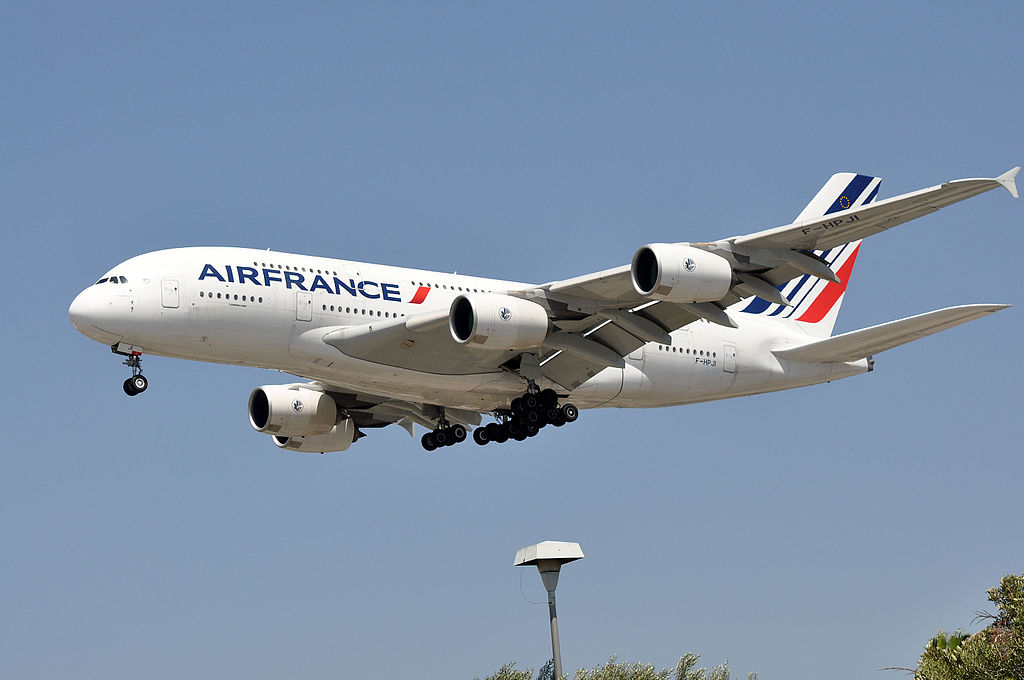The airline industry recorded its eighth consecutive month of below-average global passenger traffic growth in September and the International Air transport Association (IATA) says there is no sign of the trend reversing in the near term.
Freight volumes also remained weak to register its 11th consecutive month of year-on-year declines, the longest such period since the global financial crisis in 2008.
IATA pointed to declining world trade activity and tariff wars, rising political and geopolitical tensions and a slowing global economy as the primary problems.
READ: Document glitch doesn’t deter Boeing MAX hopes
“These are challenging days for the global air transport industry,’’ IATA director general Alexandre de Juniac said.
“Pressure is coming from many directions.
“In a matter of weeks, four airlines in Europe went bust. Trade tensions are high and world trade is declining.
“The IMF recently revised down its GDP growth forecasts for 2019 to 3.0 percent. If correct, this would be the weakest outcome since 2009, when the world was still struggling with the Global Financial Crisis.”
September global passenger traffic still grew by 3.8 percent compared to a year ago.
Tighter control on capacity growth saw planes continue to fill and establish a new September global load factor record of 81.9 percent.
International passenger demand in September rose by 3 per cent as the load factor climbed to 81.6 percent.
North American carriers led the way a 4.3 percent growth in international passenger demand supported by solid consumer demand and job creation. The load factor jumped 2.2 points to 83 percent.
Asia-Pacific demand increased to 3.6 percent from 3.3 percent in August amid US trade tensions and political unrest in Hong Kong. The load factor slid 1.1 percentage points to 78.2 percent.
Europe, on the other hand, posted its weakest performance for this year with a 2.9 percent rise but the region the highest international load factor of any region at 86.9 percent.
“In addition to slowing economic activity and faltering business confidence in many of the key European economies, the result was also affected by the demise of a number of airlines, along with pilot strikes,’’ IATA said about the European results.
September international traffic growth slowed compared to August in the Middle East (falling to 1.8 percent), Latin America (falling to 1.2 percent) and Africa (falling to 0.9 percent).
Growth on the domestic front was more robust in September at 5.3 percent compared to the previous year while the load factor grew 0.5 percentage points to 82.3 percent.
US domestic traffic surged 6 percent in September. IATA noted this was somewhat exaggerated by a softer demand environment in 2018 but still described the demand environment as “robust”.
Japan recorded a 10.1 percent growth but this was distorted by the weak outcomes in September 2018 due to Typhoon Jebi.
September freight volumes remained weak with demand falling 4.5 percent and capacity outstripping supply for the 17th consecutive month.
Airlines in the Asia-Pacific, Europe, North American and the Middle east all suffered sharp declines in year-on-year freight volumes growth.
“The US-China trade war continues to take its toll on the air cargo industry,” de Juniac said.
“October’s pause on tariff hikes between Washington and Beijing is good news.
“But trillions of dollars of trade is already affected, which helped fuel September’s 4.5 percent year-on-year fall in demand. And we can expect the tough business environment for air cargo to continue.”



